Should I Worry About Wall Cracks?

Yes, wall cracks are a concern that should be addressed. If left unchecked, these cracks can progressively deteriorate, posing serious safety risks. They often signal potential problems with your property’s foundation or structural integrity, which might require underpinning restoration services. In this blog, we’ll discuss ways to assess wall cracks and learn about their causes. […]
Signs Your Home Needs Foundation Repair

The most common signs that your home requires foundation repair include cracks in walls or ceilings, uneven floors, and doors that stick. These issues and gaps between the wall and floor or exterior brickwork cracks suggest that the structural integrity is compromised. When these happen, it is best to seek help from expert foundation underpinning […]
How Long Does Foundation Repair Take?
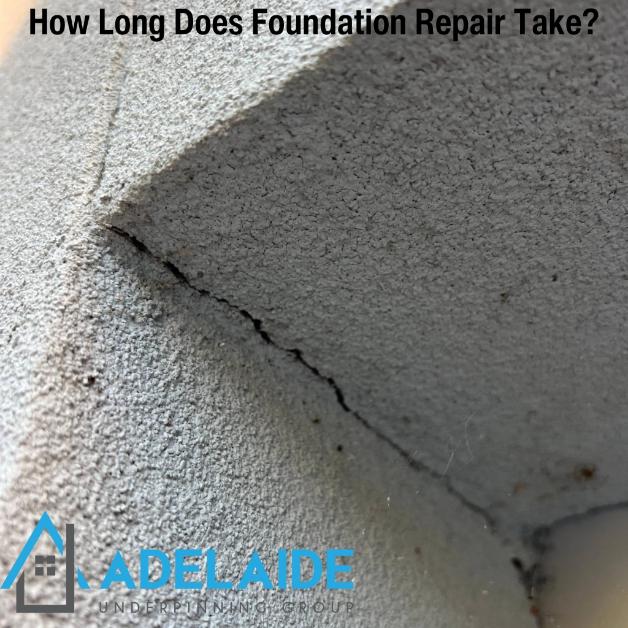
It can take between 1 to 3 weeks to complete foundation repairs on a property. However, the exact duration will depend on various factors. If they’re only minor issues, the repairs can take Adelaide underpinning experts just a week to finish. The more severe problems can take as long as 3 weeks to complete. In […]
Can I Minimise Foundation Movement on My Property?

Yes, it’s possible to minimise foundation movement on your property. Effective methods to prevent this issue include ensuring adequate drainage around the property, being cautious with the types of trees planted nearby, and promptly addressing any plumbing issues. For businesses, commercial underpinning in Adelaide offers a robust solution, reinforcing the stability of a building’s foundation. […]
What Are the Different Types of Underpinning?
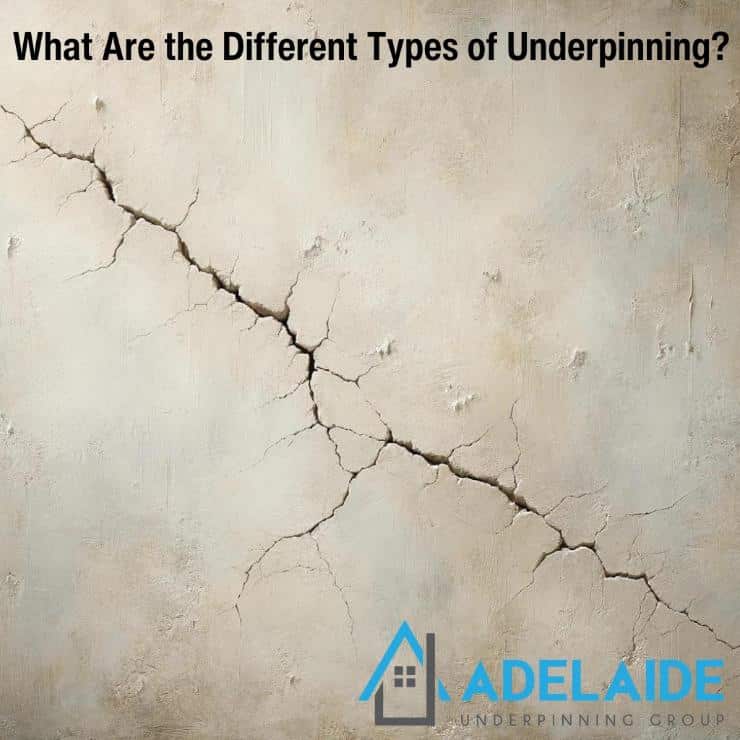
The different types of underpinning are pier and beam, mini-piled, screw pile, and pit method. Each method guarantees the stability and safety of structures, especially in cases of subsidence. These methods vary depending on the structural restoration services required from specialists. This post will expand more on the various types of underpinning commonly used these […]
Subsidence: What Is It And Why Is It A Concern. Top 6 Causes
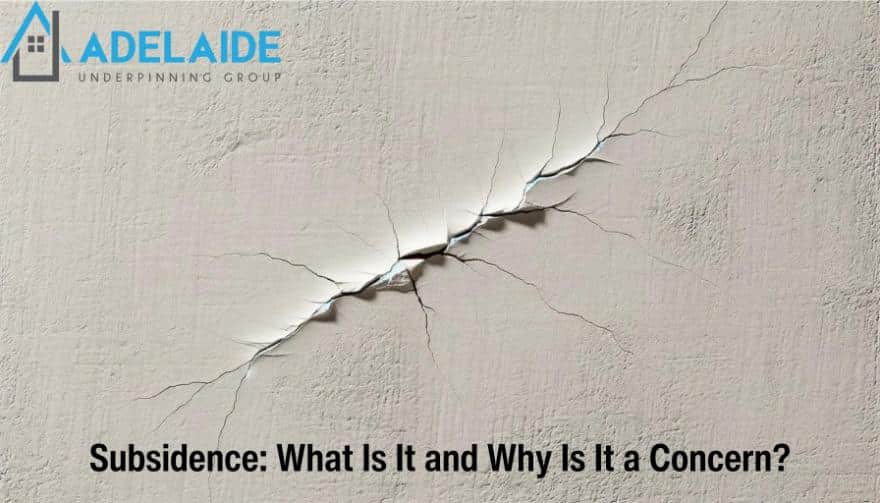
Subsidence is a silent yet deadly concern that increasingly affects many properties including properties in Adelaide. This sneaky threat can weaken the foundations of a building, which leads to costly and complex repair work if overlooked. By identifying the early signs and understanding their causes, expert underpinning contractors can anticipate and prevent the potential effects […]
Best Ways To Prevent Your House From Sinking
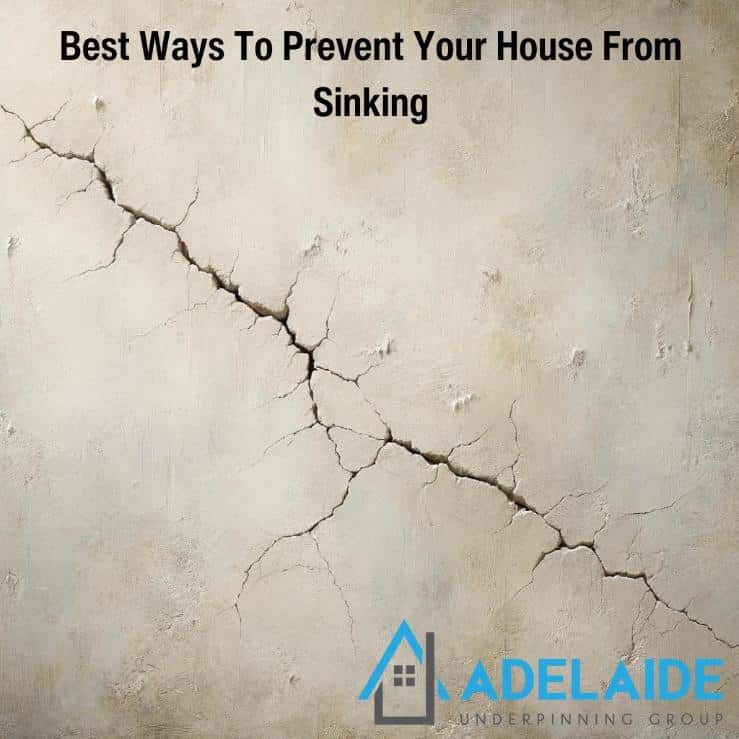
The best ways to prevent your house from sinking are to ensure a solid foundation, perform regular inspections, maintain effective drainage, stabilise the soil, and repair regularly. Foundation repair specialists can help you decide on the right approach. Out of all methods, soil stabilisation is particularly crucial to prevent foundation movement that can cause a […]
Is Hiring a Builder Necessary for Home Repair?
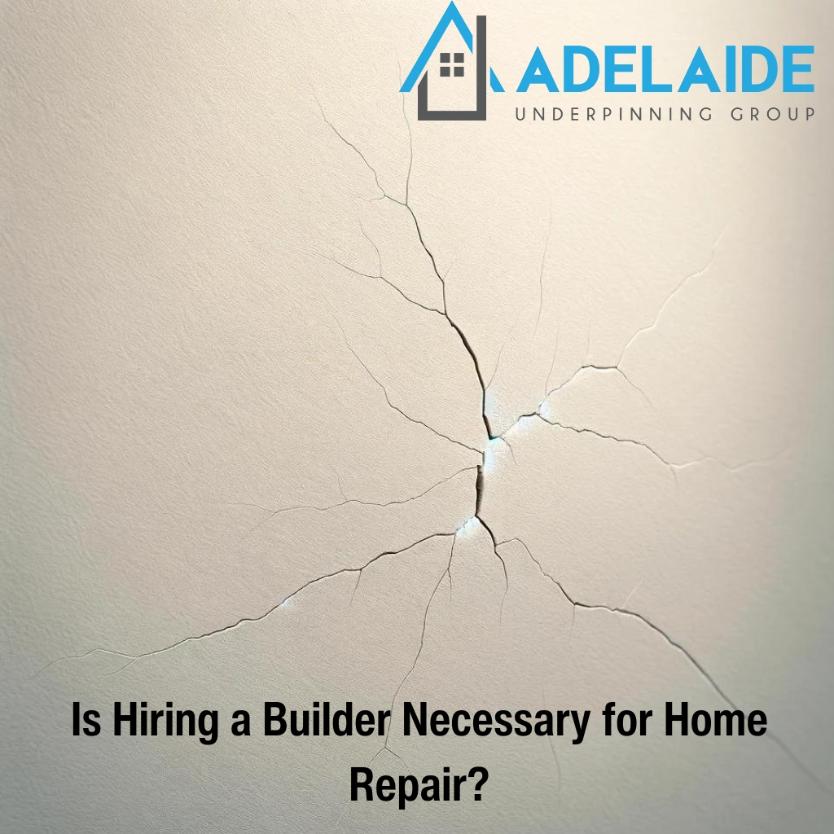
Yes, hiring a builder is necessary for home repair. They bring knowledge and expertise, making sure that they complete any job the right way. Leveraging the experience of professional builders means saving time and potentially minimise extra costs in the long run. For this blog, we’ll answer some of the most essential questions when hiring […]
Wall Cracks: How Do You Fix Them? A Step By Step Guide
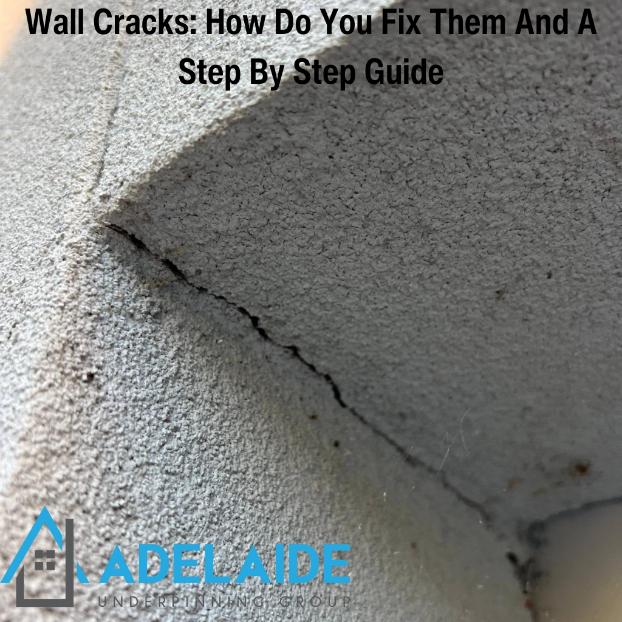
You fix wall cracks by preparing the area, widening cracks, applying filler, smoothing it down, and painting or finishing as needed. This process guarantees a complete and thorough repair. This post will expand more on the steps in fixing wall cracks. Steps to Fix Wall Cracks The steps to fix wall cracks include prepping the […]
Can Leaking Water Cause a House to Sink?

Yes, leaking water can cause a house to sink. When water is constantly leaking, it can cause damage to a property’s foundation by eroding the soil that keeps it together. As time passes, the erosion will cause the house to sink, leading to serious structural risks that will require professional Adelaide structural restoration services. For […]
